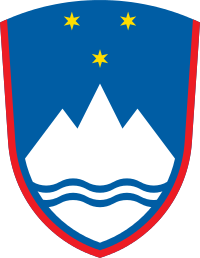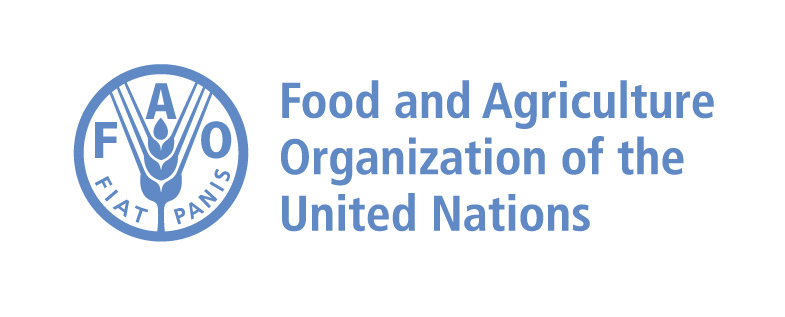The Slovene lands were part of the Austro-Hungarian Empire until the latter's dissolution at the end of World War I. In 1918, the Slovenes joined the Serbs and Croats in forming a new multinational state, which was named Yugoslavia in 1929. After World War II, Slovenia became a republic of the renewed Yugoslavia, which though communist, distanced itself from Moscow's rule. Dissatisfied with the exercise of power by the majority Serbs, the Slovenes succeeded in establishing their independence in 1991 after a short 10-day war. Historical ties to Western Europe, a strong economy, and a stable democracy have assisted in Slovenia's transformation to a modern state. Slovenia acceded to both NATO and the EU in the spring of 2004; it joined the euro zone and the Schengen zone in 2007.
Slovenia is a parliamentary republic.
Source: CIA World Factbook
Members:
Resources
Displaying 26 - 26 of 26Regulation on the limitation of hazardous substances and fertilizers in soil.
This Regulation of the Government of the Republic of Slovenia, which is composed of 34 articles, establishes maximum levels of the release of hazardous substances and fertilizers into the soil when entering sewage from treatment plants, compost or mud from dredging lakes and limits of the release of hazardous substances and fertilizers into the soil, methods of inputting data on hazardous substances and fertilizers in the soil.


